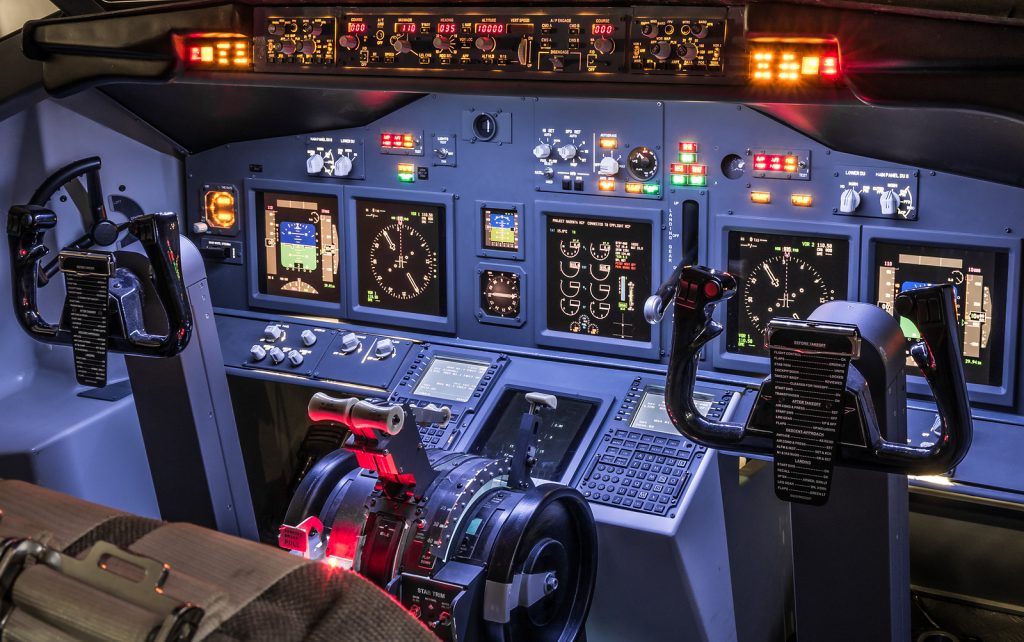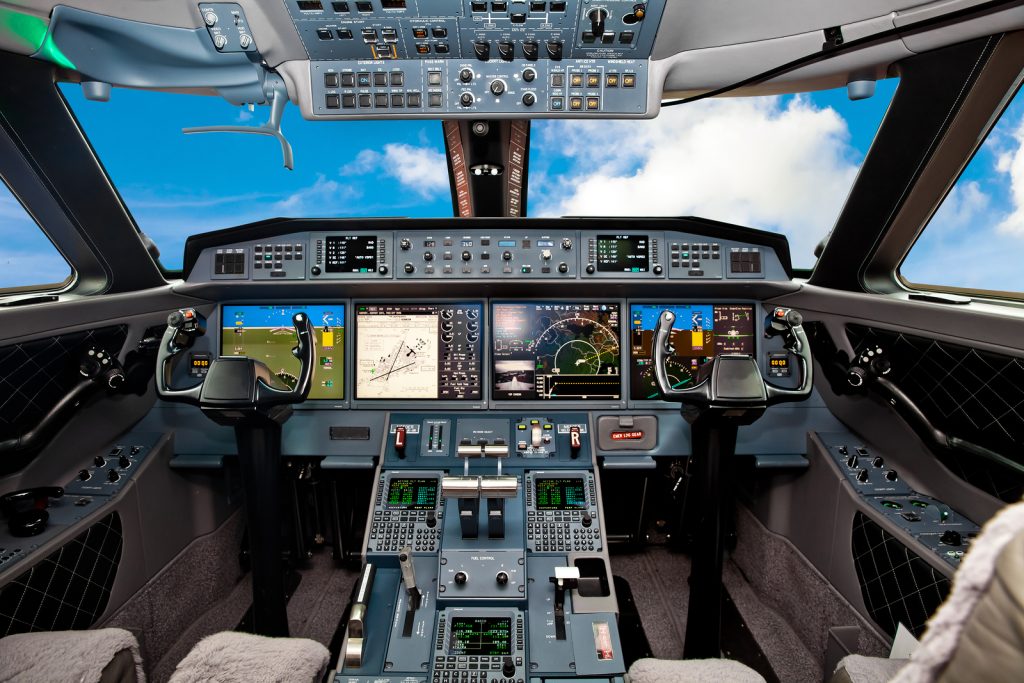As the overall economy continues to recover, business aviation is rebounding, charter flights are increasing, and aircraft deliveries are beginning to pick up. The only thing not increasing — or even keeping up — is pilot availability. We are on the brink of a worldwide pilot shortage. That may be good news for pilots, but what does it mean for the individuals and business leaders who rely on them? Could pilotless jets be the answer?
Why is there a shortage?
Now that the economy is improving, older pilots can afford to retire. That, coupled with the fact that fewer individuals are entering pilot training, means there will not be enough pilots to replace them — let alone fill the growing need. Other reasons for dwindling pilot numbers are the increased time necessary to earn a pilot’s license as well as low start-up salaries, demanding hours, and few benefits. According to the Robb Report article, the U.S. could have a deficit of “35,000 pilots over the next 15 years or longer.”
What could a pilot shortage mean for private and business jet owners?
 That predicted pilot shortage would, of course, drive salaries higher, resulting in higher pilot employment costs. The shortage would also make it easier and quicker for young pilots to climb to higher-paying airline jobs, potentially creating high turnover in the private and charter sectors. In turn, private and business aviation costs would increase, pilots and charter flights would become more expensive and difficult to book, and an inexperienced pool of pilots could even heighten the risks of flying with smaller charter companies. How can industry insiders avoid or lessen the possible impacts of this shortage?
That predicted pilot shortage would, of course, drive salaries higher, resulting in higher pilot employment costs. The shortage would also make it easier and quicker for young pilots to climb to higher-paying airline jobs, potentially creating high turnover in the private and charter sectors. In turn, private and business aviation costs would increase, pilots and charter flights would become more expensive and difficult to book, and an inexperienced pool of pilots could even heighten the risks of flying with smaller charter companies. How can industry insiders avoid or lessen the possible impacts of this shortage?
Pilotless jets to the rescue?
As driverless cars are slowly reaching a precarious acceptance by the American public, could pilotless aviation be on the same track? If so, could it be a viable solution to the pilot shortage? In fact, according to a UBS report, pilotless aircraft could save those in the business aviation industry $3 billion. But for the concept of pilotless flight to become a reality, it will need to overcome several challenges. The greatest challenge is not technology as evidenced by the widespread use of pilotless military-style drones and unmanned air vehicles. In the case of private passenger aircraft, several manufacturers are already preparing for pilotless aircraft. And, according the same report, “Technically speaking, remotely controlled planes carrying passengers and cargo could appear by 2025.”
The biggest challenge is public perception. Not everyone is comfortable with sitting 20,000 feet above the earth in a jet without a human at the controls. The UBS report found that more than half of the 8,000 respondents surveyed would not likely fly in pilotless jets. The good news is — even though the technologies are safe and already in extensive use — pilotless aircraft will most likely have a manual override in case of some sort of system failure. The bad news is that a manual override opens the flight up to security risks from hackers. Over time, these issues will likely be settled and public perceptions are more likely to shift.

What are the benefits of pilotless aircraft?
Although pilotless flight sounds like a radical idea that could have a hard time gaining traction, the financial savings are indisputable. Eliminating pilots or reducing them to one per flight would greatly reduce flying and pilot training costs — and those savings would likely be passed on to consumers.
Despite public perceptions, flying without a human in the cockpit could actually make flying safer by reducing pilot errors. And as those in the private and business aviation industry will be hit hardest by the pilot shortage, they could stand to benefit the most from pilotless jets.
Pilotless aircraft are still likely a decade away from being a viable option and, therefore, are likely to have little impact on the pilot shortage in the near term. However, if you are currently in the market for a jet, you’ll want to keep in mind the possibility of trading up when pilotless aircraft become available — or perhaps even retrofitting a standard jet.
Need to sell your jet? We can assist with that, too. Contact the private aviation professionals online, by sales@L-Lint.com, or at +1 (305) 754-3313.
